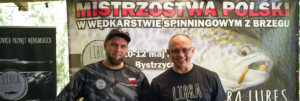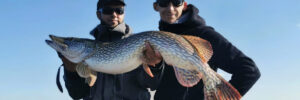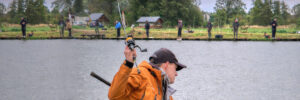Beloved trout lures and their power
Many anglers have come to love our trout lures for their multitude of advantages. Effectiveness, naturalness, softness, buoyancy of the material, scents, and many more. There are also those who value most in our lures their apparent (more on that in a moment) lack of action. Anglers have long understood that a lure doesn’t need a strong, aggressive action generating a powerful hydroacoustic wave to be effective. On the contrary, often a bait with a conservative action turns out to be more effective. This is where the power of our imitations of pupae and other live baits lies, hidden under the appearances of Larvae, Pupa, Goliath, or Largo.
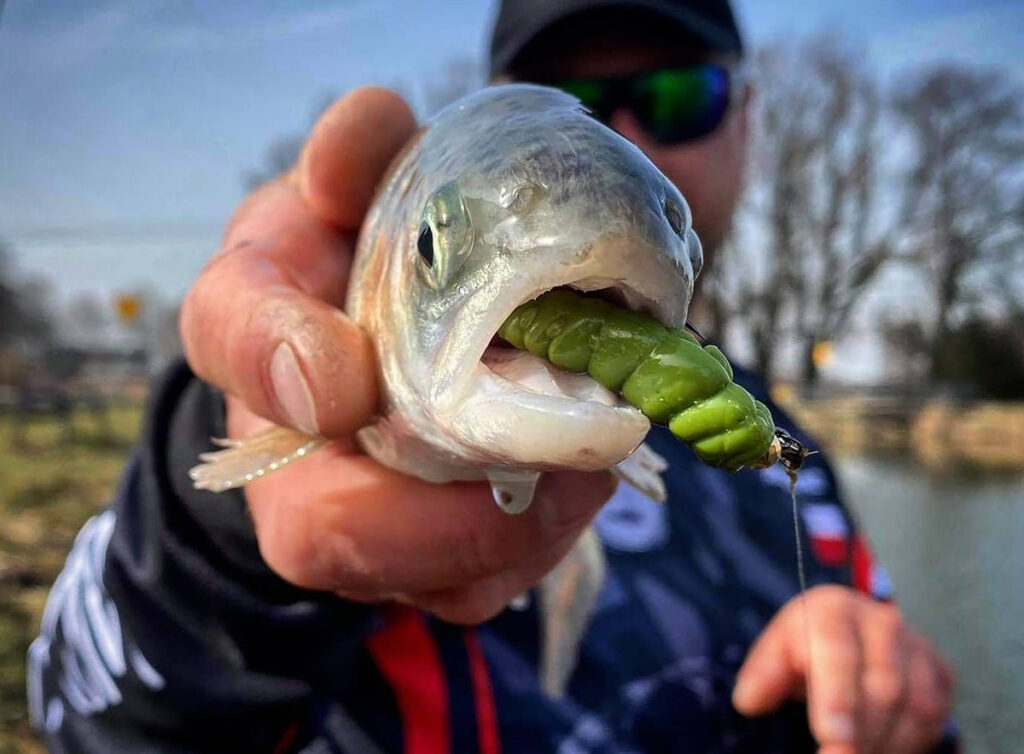
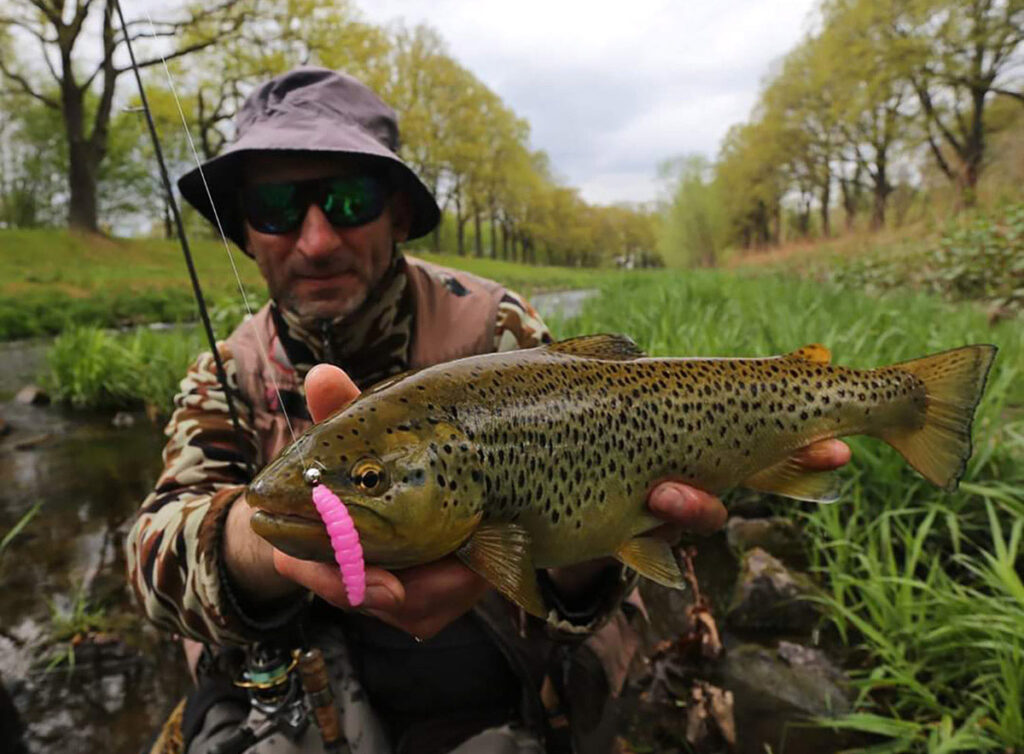
They themselves have virtually no action. But that’s just appearances, because this alone is a great imitation of naturally carried, natural food. The buoyancy of the material we use to produce baits allows for such weight selection that, achieving an impressive casting range and accuracy, we maintain the possibility of a free, natural presentation.
Presentation methods and techniques
However, the range of presentation methods is much wider, and one of the most effective techniques is to give a more aggressive action to our seemingly stationary baits. Such delicate “twitching” has often proved crucial in tempting less active fish to bite. Competitors participating in “trout area” competitions are well aware of this, but as experience shows, this method also works great on wild stream inhabitants. This presentation involves intertwining the free drifting of our bait with twitches of the rod tip. The strength, amplitude, and quantity of jerks must be experimentally adjusted by the angler. It’s best to start with less aggressive movements and intensify them until achieving the effect of fish taking the bait. Remember not to stiffen the bait too much with overly cumbersome rigging.


A short hook is sufficient to hook the attacking fish, and thanks to it, we will maintain the freedom of movement of our “pupa” body. After each twitch, our bait not only enticingly works with its entire surface but also makes “departures” to the sides, completely changing the course of its movement. Often, this alone triggers the desired aggression in spotted predators. While fishing with a fan, the twitches will cause our bait to rise towards the water’s surface. We can only speculate that such behavior perfectly imitates the emergence of an insect larva on the water’s surface, but we are sure that this is an incredibly effective way to provoke fish to bite!







